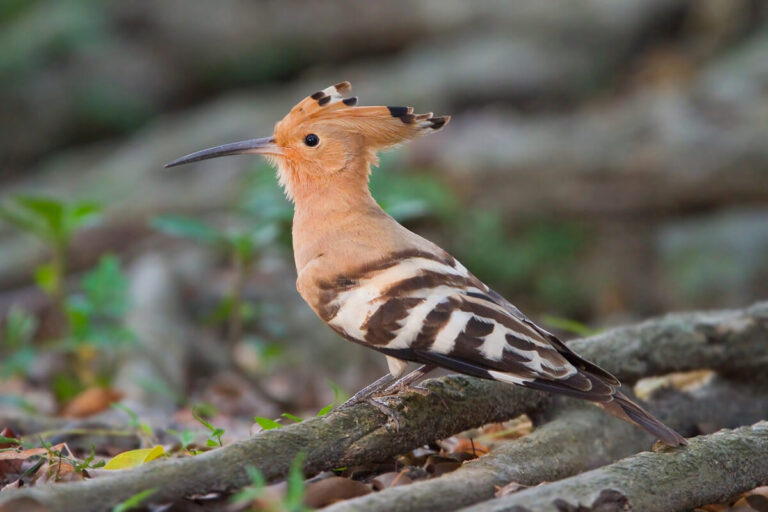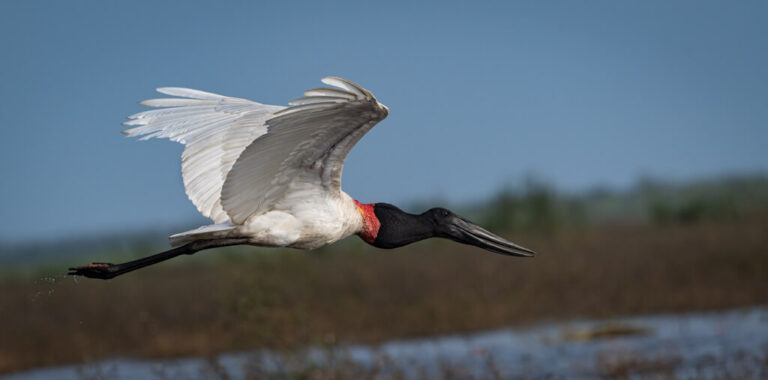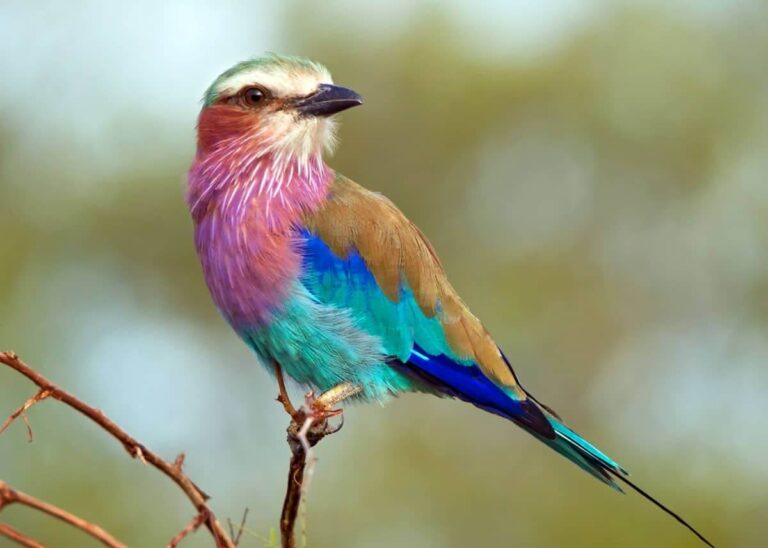Toucan: Fascinating Facts and Conservation Status
Toucans are some of the most recognizable birds in the world due to their vibrant colors and distinctively large bills. Found primarily in the tropical forests of Central and South America, these fascinating creatures are captivated by their beauty and unique behaviors.
This article delves into the scientific classification, physical characteristics, habitat, behavior, diet, reproduction, predators, conservation status, interesting facts, evolutionary history, and the toucan’s relationship with humans.
Contents
Scientific Classification
- Kingdom: Animalia
- Phylum: Chordata
- Class: Aves
- Order: Piciformes
- Family: Ramphastidae
- Genus: Ramphastos
- Common Species: Toco Toucan (Ramphastos toco), Keel-billed Toucan (Ramphastos sulfuratus)
Toucans belong to the family Ramphastidae, which consists of around 40 different species. The most well-known species is the Toco Toucan, which is the largest of the group.
Physical Characteristics

Toucans are most famous for their large, colorful beaks, which can measure up to half the length of their body. Despite their size, these bills are surprisingly light due to their honeycomb-like structure of keratin.
- Size: The Toco Toucan, the largest species, can grow up to 25 inches (63 cm) in length. Smaller species, like the Aracaris, range between 12-16 inches (30-40 cm).
- Beak: Their iconic beak is typically brightly colored, with shades of orange, yellow, red, and black, depending on the species.
- Plumage: Toucans have mostly black bodies with splashes of vibrant colors on their throats, chests, and tails.
- Feet: They possess zygodactyl feet (two toes pointing forward and two backward), which help them grip branches in their forest habitats.
Habitat
Toucans are native to the tropical and subtropical regions of Central and South America. They primarily inhabit:
- Rainforests: Toucans are most commonly found in the dense, humid rainforests, living high in the canopy.
- Savannas and Woodlands: Some species also adapt to forest edges and open woodlands.
Behavior

Toucans are social birds, often seen in small flocks of six to twelve individuals. They communicate using a variety of croaks, calls, and rattles and are known for their playful, curious nature.
- Flight: Although toucans can fly, they are not strong fliers due to their small wings. They hop or glide from branch to branch within the forest canopy.
- Bill Function: Their large beak, aside from being a stunning display of color, plays a significant role in feeding, regulating body temperature, and attracting mates.
Diet
Toucans are omnivores, but their diet is predominantly frugivorous, consisting mainly of fruit. Their beak helps them reach and pluck fruit from branches that would otherwise be out of reach. Aside from fruits, toucans occasionally consume:
- Insects: Small insects such as caterpillars, termites, and ants.
- Small Vertebrates: They may eat small lizards, frogs, and even eggs or hatchlings of other birds when food is scarce.
Their long bill also aids in tossing food into their mouths with ease, a trait that’s fascinating to observe.
Reproduction
Toucans are monogamous and form strong pair bonds during the breeding season. Here are some key aspects of their reproductive behavior:
- Nesting: Toucans nest in the cavities of trees, often formed by woodpeckers or natural decay.
- Eggs: The female lays two to four white eggs. Both parents share the responsibility of incubating the eggs and feeding the chicks.
- Chick Development: The chicks are born blind and without feathers, relying completely on their parents for food and protection until they fledge after about six weeks.
Predators
Despite their vibrant coloration and size, toucans face predation from various animals:
- Birds of Prey: Hawks, eagles, and owls are known to hunt toucans, especially young or weak individuals.
- Snakes: Tree-dwelling snakes often prey on toucan eggs and chicks.
- Mammals: Small mammals like ocelots or jaguarundis may also threaten toucans in the wild.
Conservation Status
Many toucan species are not currently endangered but face threats from habitat loss and the illegal pet trade. The clearing of rainforests for agriculture, logging, and urbanization has significantly reduced their habitat.
- IUCN Red List: Most toucan species are classified as “Least Concern” by the IUCN, but some species, such as the Yellow-browed Toucanet (Aulacorhynchus haulage), are listed as “Vulnerable” due to their limited range and declining population.
Interesting Facts
- Beak Cooling System: Recent studies have shown that toucans use their large beak as a heat regulation system. By adjusting the blood flow to their beak, they can dissipate excess body heat.
- Adaptability: Some toucan species have adapted to living in disturbed habitats, such as plantations and even urban areas, as long as fruit trees are available.
- Symbol of the Rainforest: Toucans are often seen as a symbol of the biodiversity and beauty of the rainforest, frequently appearing in popular culture and ecotourism campaigns.
Evolutionary History
The toucan’s evolutionary lineage traces back millions of years. Fossils suggest that their ancestors were smaller and less colorful. Over time, toucans developed their iconic large beaks, which may have evolved to access more food sources, enhance thermoregulation, and play a role in sexual selection.
Their closest relatives are woodpeckers, sharing the same order, Piciformes. Despite their different feeding and behavior, both families exhibit similar skeletal structures, particularly in their zygodactyl feet.
Relationship with Humans
Toucans have long fascinated humans with their vivid colors and unique appearance. Indigenous tribes often feature toucans in their mythology and art, considering them symbols of rain and fertility. In modern times, they are commonly seen in zoos and wildlife parks, serving as ambassadors for rainforest conservation.
- Ecotourism: Toucans are a major draw for tourists in Central and South America, contributing to conservation efforts and local economies.
- Illegal Pet Trade: Unfortunately, their popularity has also led to a rise in the illegal trade of toucans as exotic pets. This has further endangered some species, particularly those with smaller populations.
Conclusion
Toucans are extraordinary birds that play a vital role in the ecosystem by dispersing seeds and maintaining the health of tropical forests. Their striking physical features, unique behaviors, and adaptability make them fascinating and important to study. However, like many rainforest species, toucans face increasing threats from habitat destruction and human interference.
- Golden Retriever Pros and Cons: What Every Pet Parent Should Know - 15 September 2025
- Cane Corso Dog Breed: Health, Care, and Lifespan - 14 September 2025
- Catahoula Leopard Dogs: Description, Temperament, Lifespan, & Facts - 21 July 2025







